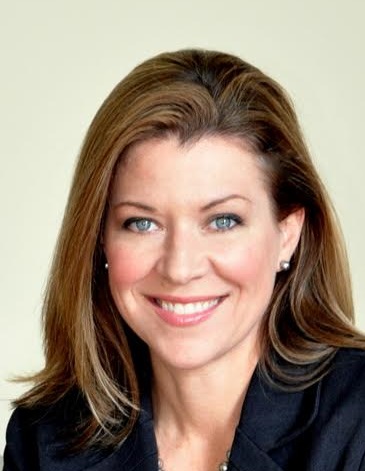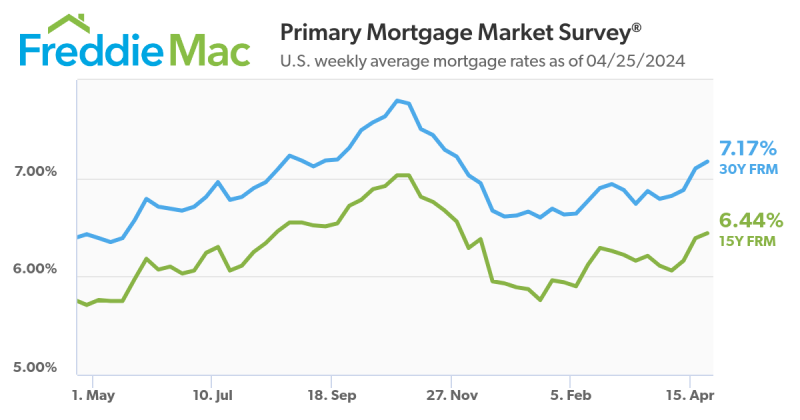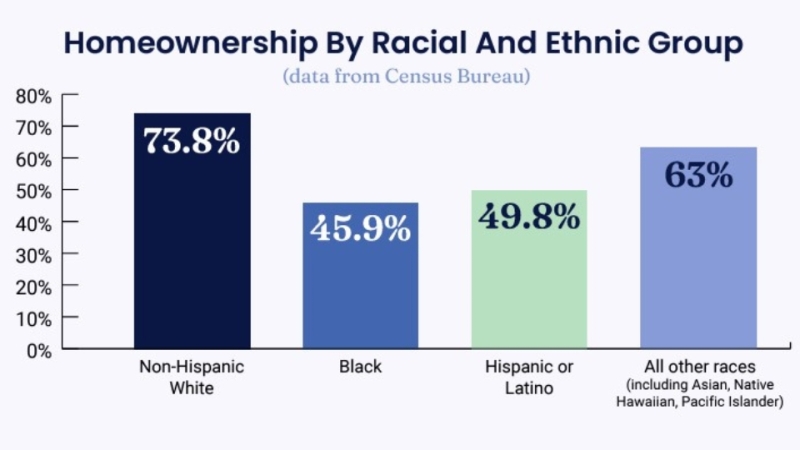Lending’s Best Trends in 2016: Identifying and Communicating With Borrowers
As lenders, identifying prospective customers begins by assessing the current financial environment and finding the segments that most likely need our services. Once complete, we can determine how to best contact and communicate with them in a relevant and meaningful way.
The current environment
Earlier this year, Fannie Mae announced the findings from its Home Purchase Sentiment Index (HPSI), which is designed to improve, understand and forecast housing outcomes for housing prices, sales, starts, purchase volume and consumer attitudes about housing. The HPSI showed that attitudes toward the housing market are improving: 72 percent of survey respondents have confidence that they will not lose their job in the next year and there was a four percent increase in the number of consumers whose household income was higher than the previous year. But even with higher job confidence and increasing incomes, only 35 percent of respondents said that they thought it was a good time to buy a home.
True to form, the warmer months will bring about increased lending activity. For some lenders, that approach might be enough to satisfy their goals. For many others, however, growth-by-trend is not a sustainable business plan, underscoring the importance of recognizing emerging and existing subsets of borrowers and connecting with them in the most effective ways.
Identifying and targeting the right borrowers
A mortgage is one of the biggest financial commitments an individual will make in his or her lifetime and the decision to buy a home impacts everyone differently. Understanding the impact that a mortgage will have on a borrower isn’t possible without first understanding the different types of borrowers. Specifically, the Millennial and Hispanic populations are two of the most predominant groups and present a great deal of opportunity for lenders.
According to the National Association of Realtors (NAR), buyers 35 years and younger continue to be the largest generational group of homebuyers (at 35 percent of total buyers). NAR also reported that 67 percent of buyers 35 and younger were first-time homebuyers and 89 percent of Millennials purchased their home through an agent. Many Millennials are still renting because they want the freedom and flexibility that comes with leases, but this group avoided the housing market in the years following the financial crisis and are beginning to show signs that they are eager to exchange the convenience of renting for the stability of ownership. In its Q4 2015 Consumer and Lender Key Findings, Fannie Mae stated that “younger renters are likely to aspire to own a home, but they report financial constraints, such as credit and downpayment and are frequently looking to income growth to determine the right time to buy.”
In March, the Hispanic Wealth Project, in collaboration with the National Association of Hispanic Real Estate Professionals (NAHREP), released data in its State of Hispanic Homeownership Report showing an increase in both Hispanic homeownership rates and number of owner Hispanic households–both of which were higher than the national average. NAHREP also reported that Hispanics represented nearly 70 percent of all new homeownership gains in 2015. According to Chris Herbert, managing director of the Harvard Joint Center for Housing Studies, the report “highlights how important the Hispanic population has become in driving overall housing demand in the U.S., and how this influence will only continue to grow as their share of the population increases.” The Urban Institute projects that by 2019, Hispanics will account for 55.5 percent of new homeowners alone and, similar to its statement about Millennials, Fannie Mae said that “Hispanics prefer homeownership” and that they are “renting now in order to prepare financially to own in the future.”
Connecting and communicating with borrowers
Once identified, lenders must adopt a relationship-based approach to lending. As with all buyer segments, communicating with Millennial and Hispanic borrowers requires an understanding of their preferences. For instance, first-time homebuyers prefer to be self-educated and will do their research before choosing a lender, making it critical to have a welcoming and credible digital presence. Of note, Fannie Mae reported in its Mortgage Lender Sentiment Survey that “most lenders consider traditional marketing channels, such as loan officers’ networking and contacts and retail offices in their top methods of marketing mortgage products to consumers. Digital channels are of lower priority.” Lenders need to offer multiple options for how prospective borrowers learn who they are and what they offer. Engage prospects without pressuring them and make sure that the experience is transparent and communicative.
Connecting within the community is also critical to spreading a lender’s message. Hosting events for consumers provides a direct channel of engagement with prospective borrowers and is a very effective method for establishing a strong local presence. In this setting, education is key–the industry has evolved within the past few years and many prospective borrowers might not be aware that the mortgage process has changed. In addition to providing insight into the home buying process, localized events can open up opportunities to dispel myths and explain how to complete a mortgage application, the impact of interest rates or the variety of programs and different types of loans that are in place to make homeownership more accessible. In fact, Fannie Mae said in its Q4 2015 Consumer and Lender Key Findings that 75 percent of consumers were “not aware of low down payment programs.”
Finally, a relationship-based approach is by far the strongest way to build a network of word-of-mouth references to help connect with prospective borrowers. From a consumer’s perspective, if a friend or colleague suggests a lender, it is likely that they will–at the very least–investigate the lender and see what they have to offer. From the lender’s perspective, smart data on existing borrowers provides insight into how to find others like them. This data can be applied to anticipate needs and deliver messages in a timely manner to maximize the prospective borrower’s experience.
Where to look
To identify and connect with these borrower segments, lenders must know where to look. Helping to better focus marketing efforts, CoreLogic recently ranked all U.S. counties with a population greater than 200,000 to determine the areas with the highest percentage of mortgage applications completed by Millennials. The top 10 were: Clay County, Mo.; Denver County, Colo.; Fayette County, Ky.; Kent County, Mich.; Linn County, Iowa; Polk County, Iowa; Saint Louis City County, Mo.; Utah County, Utah; Weber County, Utah; and Weld County, Colo.
Regarding the Hispanic segment, the U.S. Census Bureau recently reported that this group is moving into municipalities and counties, often replacing residents that are heading to other places in search of better jobs or a lower cost of living. Specifically, the Bureau’s data showed surging Hispanic populations in New Jersey, Ohio and Western Pennsylvania, while the states with traditionally larger Hispanic populations (Arizona California, Colorado, Florida and Texas) remain a source of strong prospect.
Lending is cyclical–activity increases with the warmer months and relatively low interest rates will drive borrowers to the market. But relying on the weather or appealing rates to improve business is a static approach in a dynamic lending environment. Instead, lenders must employ progressive strategies to maintain ongoing success. This includes recognizing the incredible potential with Millennial and Hispanic borrower segments and developing strategic marketing and communication paths to reach them. Equally important are education-based initiatives to prepare prospective borrowers to make one of the best decisions of their lives.

Whitney Blessington is vice president of Marketing for Churchill Mortgage, providing conventional, FHA, VA and USDA residential mortgages across 36 states. As heard on personal finance expert and author Dave Ramsey’s nationally-syndicated radio show, the lender focuses on the right loan product for each borrower, providing the education and tools necessary to ensure borrowers’ financial stability through its consultative approach to lending and strong commitment to local communities.
This article originally appeared in the May 2016 print edition of National Mortgage Professional Magazine.





